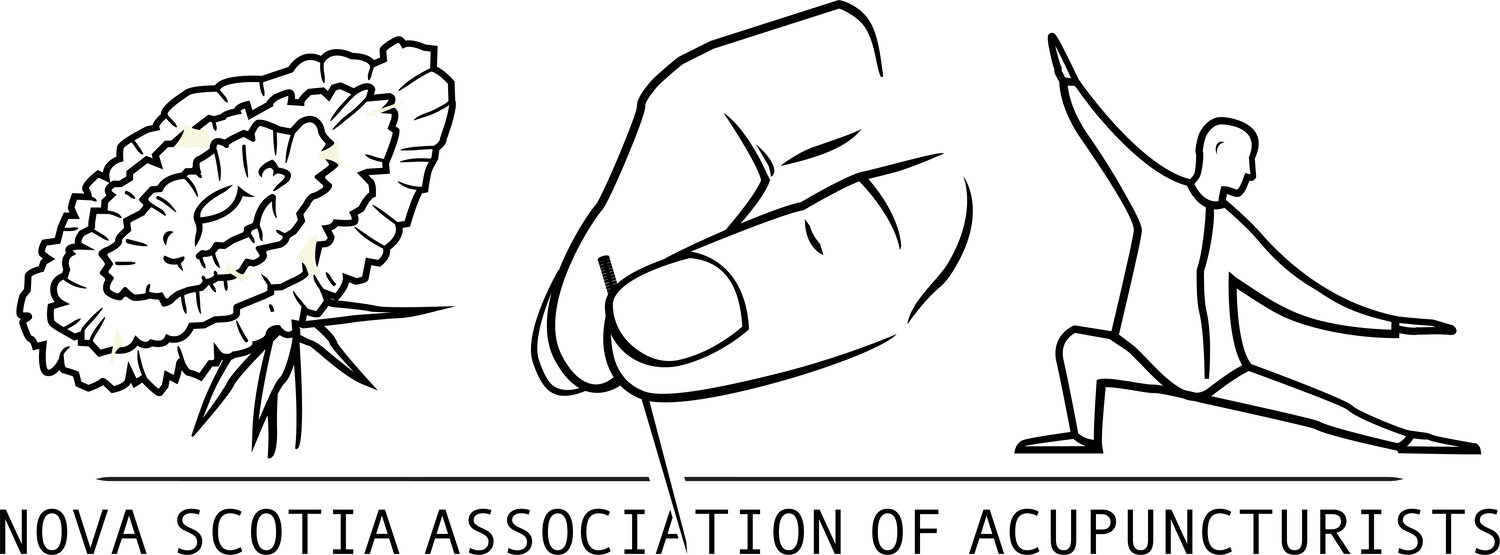About Moxibustion
Moxibustion is the burning of cones made from the wool of the Mugwort plant on Acupuncture points, or on broad areas of the body to achieve specific healing effects. In many cases, especially of deficiency it acts similarly to the Acupuncture needle to stimulate the point. The Mugwort leaf is bitter and acrid, producing warmth when used in small amounts and strong heat when used in large amounts. Moxa is Yang in nature and is therefore used mainly to restore deficient Yang conditions. Moxa opens channels, regulates Qi and blood flow in the body, expels Cold and Dampness and warms the Uterus.
Some of the main disorders treated with Moxa:
- Asthma,
- Diarrhea,
- Rheumatic pain,
- abdominal pain,
- vomiting,
- certain Gynecological disorders,
- any kind of pain due to cold or deficiency and deficient organ function
This plant, in Chinese called Ai Ye, is a member of the Artemesia family,and flourishes throughout China and is therefore relatively cheap. The fresh leaves are picked in the spring and dried in the sun. The dried leaves are then ground into a fine powder or moxa 'wool.' In ancient times and even to this day, this wool is usually kneaded by hand into 'cones' which are burned directly on the skin.
Burning this directly on the skin is called Direct Moxa. The cone is placed directly on the skin at specific points and burned. Direct Moxa is divided into two types: a) the Blister-Forming Method, and b) the Non-Blister Forming Method.
The Blister-Forming Method
The Blister-Forming Method is more intense and as its name implies the cone is burned right down to the skin such that a blister is formed. Usually the cones used in this method are quite small, about the size of a grain of rice. Still it can be quite uncomfortable for the client. The moxa wool can be mixed with powdered Cloves or Cinnamon to increase heat penetration. Garlic Oil is sometimes smeared around the site to help hold the cone in place and further stimulate the skin. As the cone burns and the client feels pain, the skin around the cone is lightly tapped to lessen the pain. Once the cone is burned right down it is removed and the area swabbed with clean water. This process is repeated several times; up to 10 cones per point, depending on the condition. A blister will appear after a few days which should be kept clean and dressed to prevent infection. After about a month the blister forms into a small scar. In ancient times, this process of blistering and scarring was considered essential to obtain good results and is still used occasionally today.
The Non-Blistering method
The Non-Blistering method, is similar except that the cone is removed before the skin is damaged. Heat is still felt but the cone is removed before it becomes intolerable. With the Non-Blistering method it may take more treatments to achieve the desired effect. Usually a treatment consists of 6 to 10 cones on each point.
